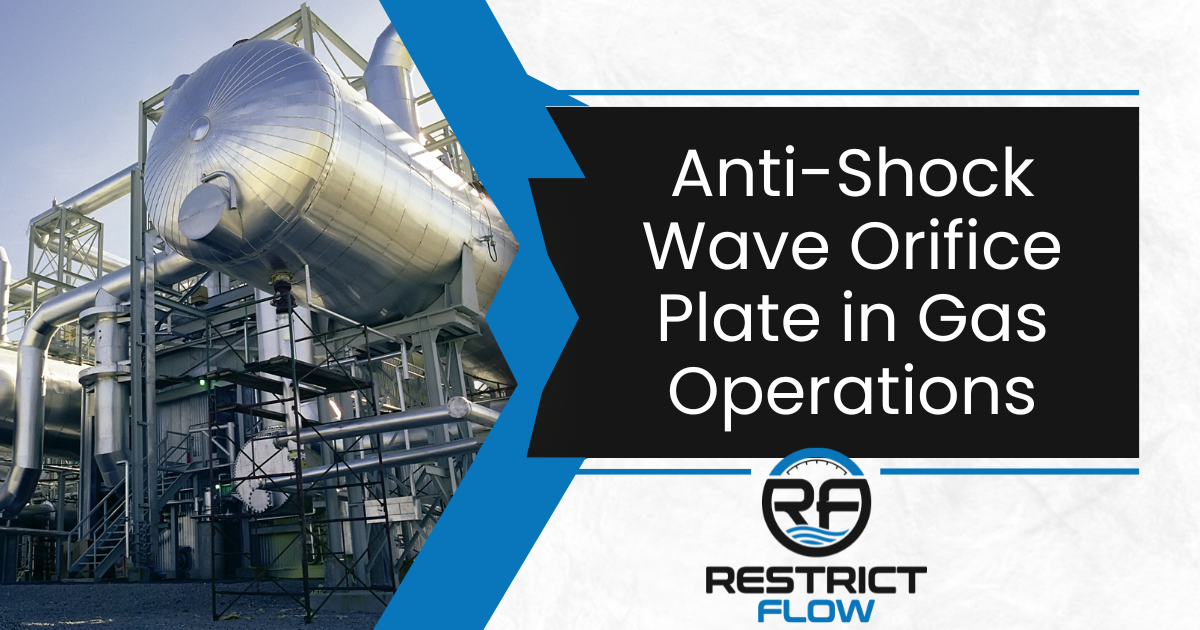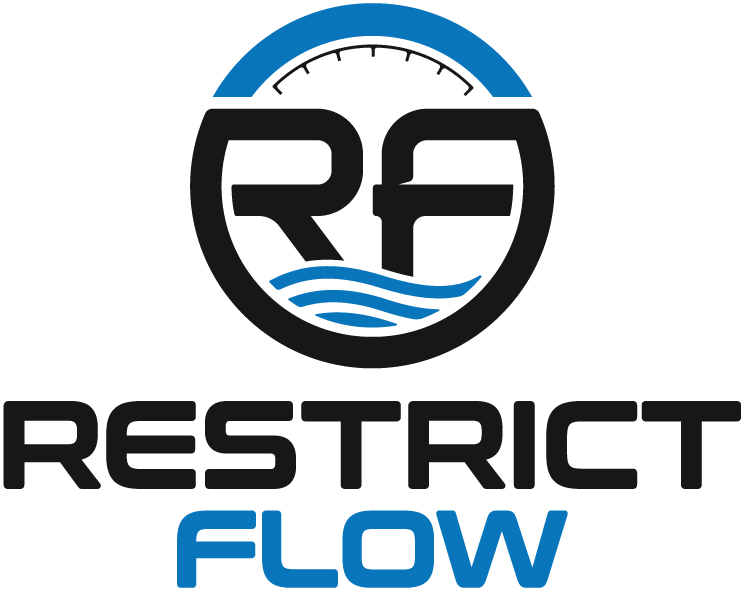
Shockwaves are powerful, invisible phenomena that can create dramatic and often irreversible alterations in the environment. Shockwaves are generated by the rapid release of energy – for example, from explosions and implosions or the sudden acceleration or deceleration of a gas stream.
They can have drastic consequences for a variety of industries that rely on gas operations, such as oil and gas, pipeline construction, pharmaceutical production, and even aerospace engineering.
When not properly addressed and remedied, shockwaves can have devastating consequences in gas operations, causing pipeline erosion, damaging sensitive machinery, and creating a dangerous risk of explosions. Dealing with shockwaves in an industrial setting requires careful consideration and planning to ensure safety is always the number one priority.
In the following sections, we’ll explore what shockwaves are, dive deep into their effects on gas operations, and show you how you can dampen shock and create a pipeline system that lasts for many years to come with anti-shock wave orifice plates.
Types of Shockwaves
Shockwaves are intense, transient disturbances that can cause a sudden disruption within typically stable systems. These sudden disturbances are the result of large and rapid changes in pressure, temperature, energy, or flow. Shockwaves spread rapidly through a system and often create an audible sound wave and vibrations upon impact.
These dangerous phenomena occur due to a range of underlying factors, including high-pressure levels, changing pipe diameters, and the composition of the fluids being transported.
The state of a pipe's structure is key to preventing shockwaves - pipes that are too long or narrow, or with uneven walls or sharp turns, may easily succumb to rupture or excessive noise/vibration caused by a sudden burst of energy from failing to contain the traveling pressure wave.
Fortunately, using anti-shock orifice plates and placing them at strategic points within your pipeline system can help you minimalize or eliminate shockwaves altogether and protect your system for the long term.
How Anti-Shock Wave Orifice Plates Reduce Damage from Shockwaves
An anti-shock wave orifice plate is a device used to reduce the force of a shockwave by controlling the energy created and redirecting it into smaller waves, helping protect pipelines, valves, pumps, and other related components from damage caused by large shockwaves in a system.
It works by allowing a transported gas to flow through a three-dimensional proprietary device, which allows it to gradually absorb the shockwave instead of letting it pass through all at once.
An anti-shock wave orifice plate can protect pipelines and integrated devices against shockwaves that would otherwise be immensely damaging. It’s remarkable how straightforward these plates are to use – simply install them along the flow path, often between two existing pipe flanges, and let them do the heavy lifting.
Protect Your Pipes with Anti-Shock Wave Orifice Plates from RestrictFlow
Shockwaves can have notable negative impacts on gas operations, causing reduced operational capacity and damaged components if not properly addressed.
RestrictFlow's Anti-Shock Wave Orifice Plate is an excellent solution, harnessing innovative engineering to prevent shockwave damage and maximize production and efficiency over the long term.
Contact Restrict Flow today to learn more about our anti-shock wave orifice plates and how they can benefit your gas and pipeline operations.
Request Information
1 Business day response to most inquiries
Contact Us
We will get back to you as soon as possible.
Please try again later.
PO Box 905
Friendswood, TX 77546
info@restrictflow.com
Tel: (866) 544-7544

All Rights Reserved | Restrict Flow



